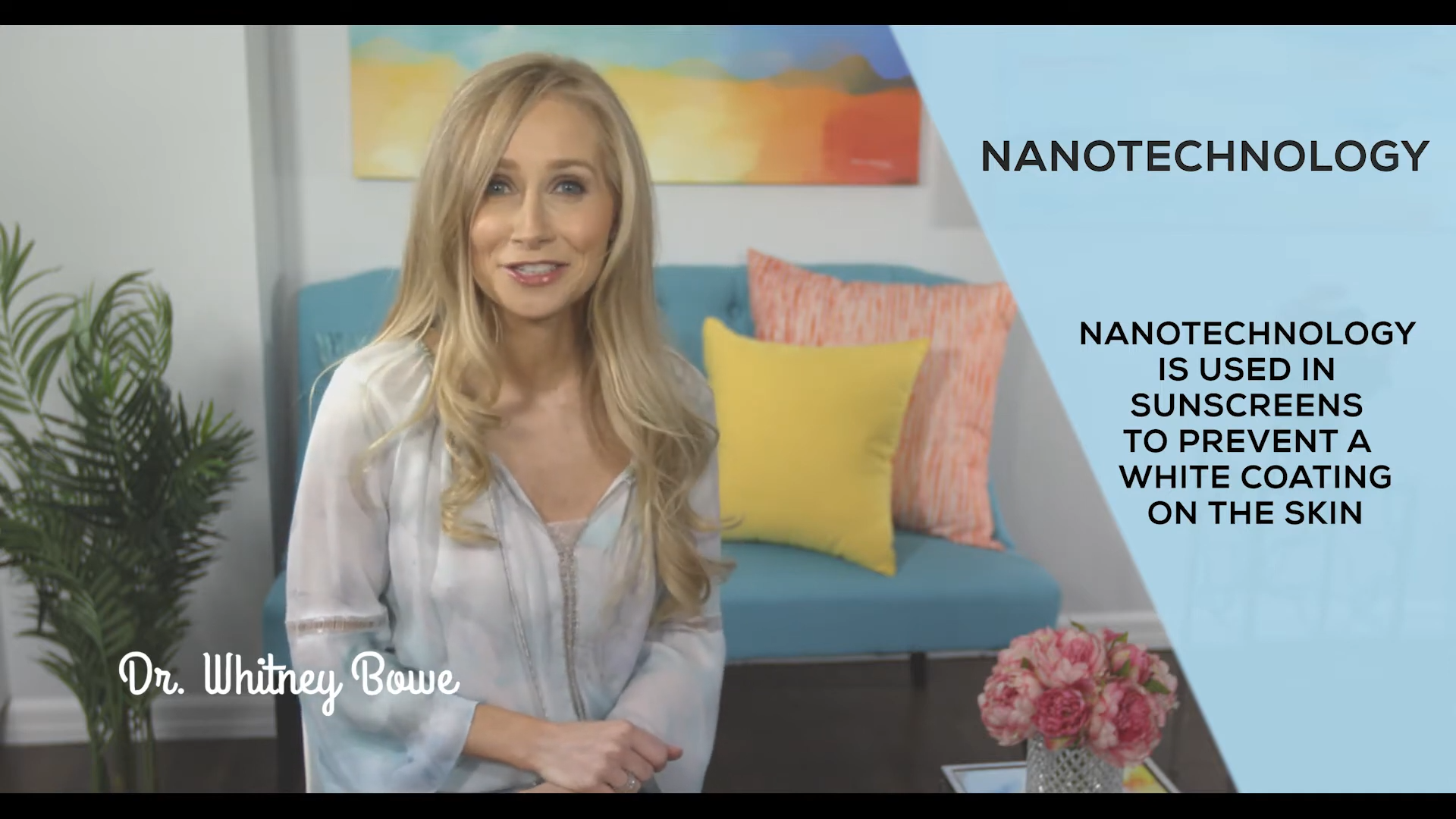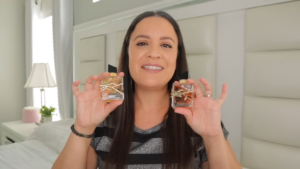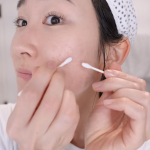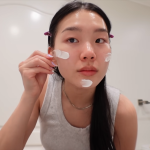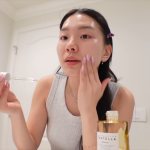Nanotechnology is revolutionizing the beauty industry by enhancing the efficacy of skincare products. By incorporating nanoparticles into beauty formulations, brands can improve the absorption of active ingredients, allowing them to penetrate deeper into the skin. This advanced technology offers a more targeted and efficient delivery system, ensuring that consumers achieve the desired results faster. The growing popularity of nanotechnology in beauty products highlights its potential to transform traditional skincare methods, making it an exciting development in the quest for more effective beauty solutions.
As the demand for high-performance beauty products continues to rise, nanotechnology offers a solution that meets consumer expectations. Nanoparticles, due to their minuscule size, can easily traverse the skin’s outer barrier, delivering active ingredients directly to the deeper layers. This process not only enhances absorption but also increases the bioavailability of the ingredients, making them more effective. Understanding the role of nanotechnology in beauty products can help consumers make informed choices when selecting products that promise to deliver visible results.
What Are Nanoparticles and Their Role in Beauty Products
Nanoparticles are incredibly small particles, typically between 1 and 100 nanometers in size, that can be engineered to carry active ingredients in skincare formulations. These particles are designed to improve the delivery of ingredients like vitamins, antioxidants, and peptides, allowing them to penetrate deeper into the skin. The use of nanoparticles in beauty products ensures that these active ingredients are absorbed more efficiently, providing enhanced results compared to traditional formulations.
The creation of nanoparticles involves advanced techniques that allow them to be tailored for specific functions. For example, lipid nanoparticles can encapsulate hydrophobic (water-repelling) ingredients, making them more compatible with the skin. This improves the stability and efficacy of the product, ensuring that the active ingredients reach their target areas within the skin. As a result, beauty products containing nanoparticles often deliver faster and more noticeable results, making them highly sought after in the skincare industry.
Ingredients Commonly Used in Nanotechnology-Based Beauty Products
Incorporating nanotechnology into beauty products often involves the use of specific ingredients that benefit from enhanced absorption. Common ingredients include vitamins like Vitamin C and E, which are known for their antioxidant properties. Nanoparticles help these vitamins penetrate deeper into the skin, providing better protection against environmental damage and promoting a more youthful appearance. Other popular ingredients include hyaluronic acid for hydration and retinoids for anti-aging, both of which show improved efficacy when delivered via nanoparticles.
Creating these nanoparticle-based formulations requires a careful selection of materials that can be safely and effectively reduced to nanoscale. For instance, gold nanoparticles are sometimes used for their anti-inflammatory properties, while silver nanoparticles offer antimicrobial benefits. The inclusion of these materials in beauty products ensures that consumers receive the maximum benefits of the active ingredients, with improved skin absorption leading to more effective treatments for various skin concerns.
1. The Science Behind Nanoparticle Absorption
Nanoparticles are designed to enhance absorption by taking advantage of their small size and large surface area. This allows them to interact more closely with the skin’s outer layer, the stratum corneum, making it easier for active ingredients to penetrate deeper into the skin. The increased surface area also allows for a higher concentration of active ingredients, which can be delivered more effectively. This process is scientifically proven to increase the bioavailability of the ingredients, making them more potent and efficient.
The application of nanoparticles in beauty products is supported by extensive research that demonstrates their ability to improve skin permeability. Studies have shown that nanoparticles can cross the skin barrier more easily than larger particles, making them ideal for delivering ingredients that would otherwise remain on the skin’s surface. By enhancing the absorption of active ingredients, nanotechnology-based beauty products can provide faster and more noticeable results, addressing skin concerns more effectively.
2. Comparing Nanotechnology with Traditional Skincare Methods
Traditional skincare methods rely on larger molecules that often struggle to penetrate the skin’s outer layers. This limitation can reduce the efficacy of active ingredients, as they may not reach the deeper layers of the skin where they are needed most. In contrast, nanotechnology allows for a more precise and efficient delivery system. By using nanoparticles, skincare products can target specific areas within the skin, delivering active ingredients where they can have the greatest impact. This makes nanotechnology-based products more effective than traditional skincare formulations.
While traditional skincare products can still be effective, they often require higher concentrations of active ingredients to achieve similar results. This can sometimes lead to irritation or other side effects. Nanotechnology, however, offers a more controlled delivery, reducing the risk of side effects while enhancing the effectiveness of the ingredients. As a result, consumers who use nanotechnology-based beauty products often experience better results with less irritation, making it a preferred choice for those with sensitive skin or specific skincare needs.
What to Look for When Choosing Nanotechnology Beauty Products
When selecting beauty products that utilize nanotechnology, it’s important to consider the specific skin concerns you wish to address. Look for products that highlight their use of nanoparticles for improved absorption and ingredient delivery. Check the ingredient list for key actives like hyaluronic acid, retinol, or antioxidants, as these are often enhanced by nanotechnology. Additionally, choose products from reputable brands that provide transparency about their use of nanotechnology and the benefits it offers.
Tips for choosing the right product include reading reviews and researching the brand’s reputation for safety and efficacy. Since nanotechnology is a relatively new field in beauty, it’s crucial to ensure that the products have undergone rigorous testing for both effectiveness and safety. Look for products that are dermatologist-tested and clinically proven to enhance skin health through the use of nanotechnology. This will help ensure that you are investing in products that deliver real results.
The Future of Nanotechnology in Beauty
Nanotechnology is poised to play a significant role in the future of beauty and skincare. As the technology continues to evolve, we can expect to see even more innovative products that offer enhanced absorption and efficacy. For consumers, this means better results from their skincare routines and a deeper understanding of how advanced technologies can improve their overall skin health.
In conclusion, nanotechnology in beauty products represents a major advancement in skincare, offering new possibilities for those seeking more effective treatments. By enhancing the delivery and absorption of active ingredients, these products provide a more targeted and efficient approach to skincare. As this technology becomes more widespread, it will undoubtedly shape the future of beauty, setting new standards for efficacy and results in the industry.

